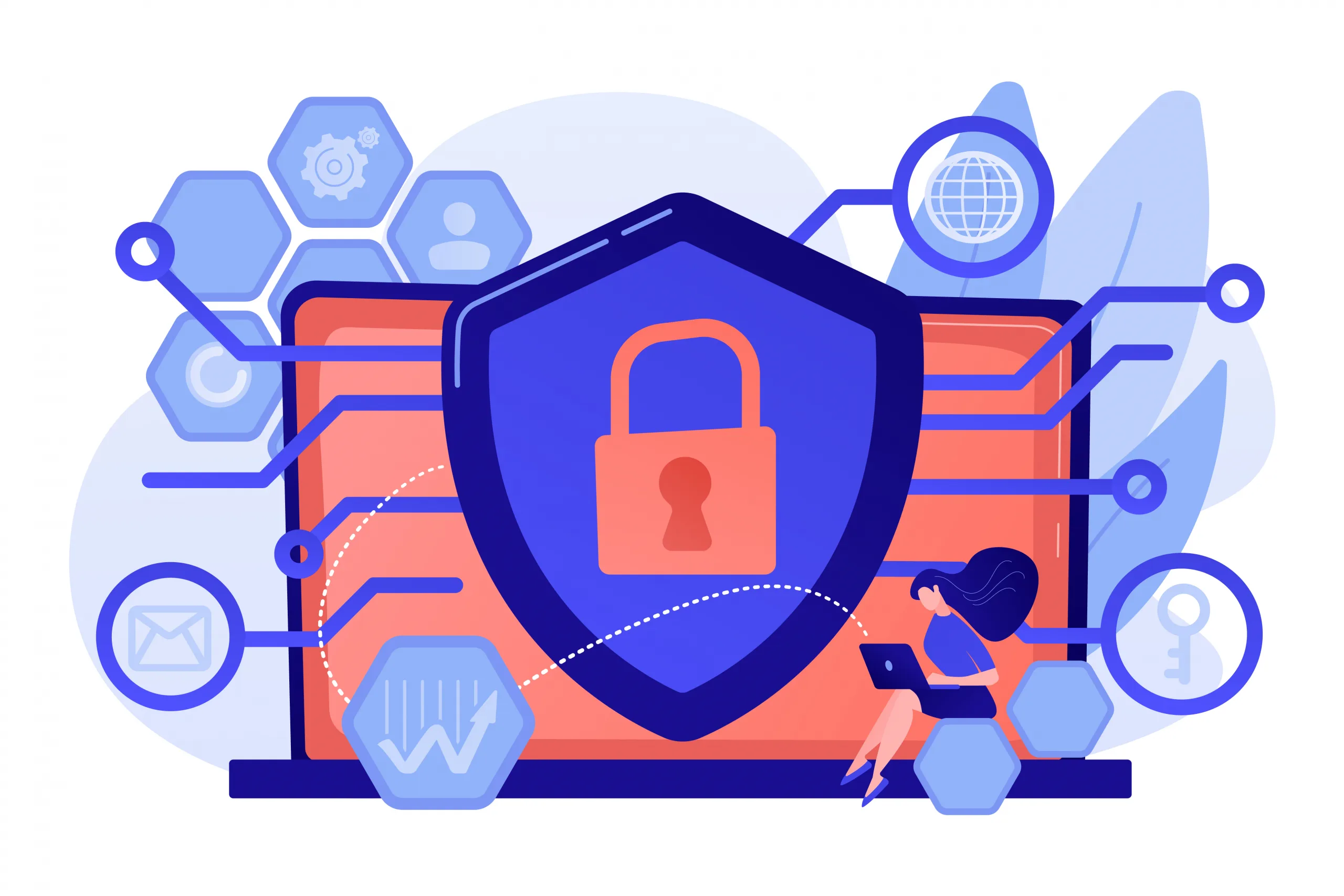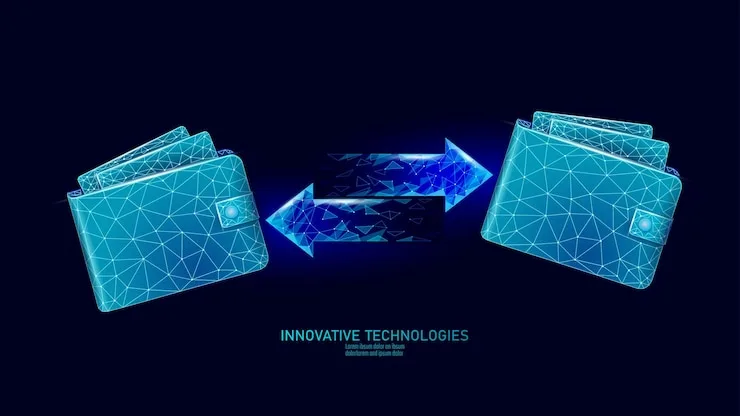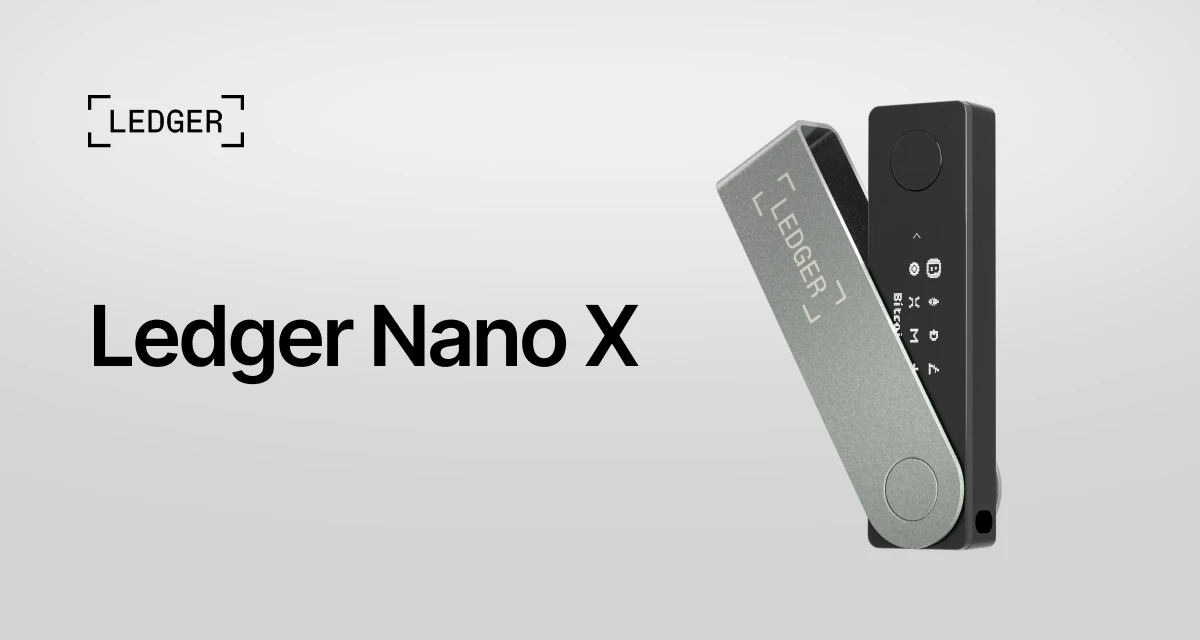- Safe Sites to Connect Your Wallet To: 15 Trusted Platforms for Secure Crypto Transactions
- Introduction to Safe Wallet Connections
- What Does “Connecting a Wallet” Mean?
- Why Security Matters When Connecting Wallets
- Understanding Crypto Wallet Security
- How Wallet Connections Work with dApps and Exchanges
- Common Risks of Unsafe Wallet Connections
- Top 15 Safe Sites to Connect Your Wallet To
- How to Identify a Safe Site Before Connecting Your Wallet
- Red Flags of Unsafe Wallet Sites
- Best Practices for Secure Wallet Connections
- Recommended Browser & Tools for Secure Connections
- Educating Students and Beginners on Wallet Safety
- Future of Secure Wallet Connections in Web3
- Frequently Asked Questions
Safe Sites to Connect Your Wallet To: 15 Trusted Platforms for Secure Crypto Transactions
Introduction to Safe Wallet Connections
As cryptocurrency and blockchain technology continue to grow, connecting your wallet to websites and decentralized applications (dApps) has become a daily routine for many users. However, this convenience also comes with risks — phishing sites, malicious smart contracts, and fraudulent popups can compromise your funds in seconds.
For students and beginners, understanding how to safely connect your wallet is essential before exploring decentralized finance (DeFi), non-fungible tokens (NFTs), or Web3 projects. In this guide, we’ll explore the safest sites to connect your wallet to, how to identify trustworthy platforms, and the best security practices for crypto users in 2025.
What Does “Connecting a Wallet” Mean?
Connecting your wallet means granting a decentralized application permission to view and interact with your crypto assets. When you connect to a site like Uniswap or OpenSea, you’re allowing it to see your wallet address, confirm your balance, and request transaction signatures when you perform certain actions.
This process doesn’t always give the site control of your funds — but malicious platforms can attempt to trick users into signing harmful permissions that drain assets. That’s why choosing safe, verified platforms is crucial.
Why Security Matters When Connecting Wallets
Every wallet connection exposes a small part of your financial identity on the blockchain. A single unsafe click can lead to:
-
Stolen tokens or NFTs.
-
Compromised wallet credentials.
-
Permanent loss of access to assets.
Since blockchain transactions are irreversible, preventing exposure is far more effective than recovery.
Understanding Crypto Wallet Security
Crypto wallets can generally be classified as hot wallets (online) and cold wallets (offline).
| Wallet Type | Example | Security Level | Best Use Case |
|---|---|---|---|
| Hot Wallets | MetaMask, Trust Wallet | Moderate | Everyday transactions |
| Cold Wallets | Ledger, Trezor | Very High | Long-term storage |
Hot wallets are easier for quick access, while cold wallets keep funds offline and away from online threats.
How Wallet Connections Work with dApps and Exchanges
When you click “Connect Wallet” on a dApp, a secure handshake happens between your wallet (like MetaMask) and the platform’s smart contract. This interaction is protected by cryptographic signatures, but unsafe sites can still request malicious approvals that allow them to move your funds.
Tip: Always check the permission type before approving a transaction.
Common Risks of Unsafe Wallet Connections
Unsafe wallet connections can expose you to:
-
Phishing scams that mimic real platforms.
-
Hidden smart contract approvals.
-
Malware that captures private keys.
-
Fake Web3 login prompts.
It’s not about avoiding wallet connections altogether — it’s about choosing safe and audited sites.
Top 15 Safe Sites to Connect Your Wallet To
In 2025, as Web3 adoption expands, there are many decentralized platforms and exchanges offering wallet connections. However, only a few are verified, secure, and beginner-friendly. Below is a list of the 15 safest sites to connect your wallet to — each trusted, widely used, and audited for security.
1. MetaMask – The Most Trusted Browser Extension
MetaMask remains one of the most popular and secure crypto wallets, supported by millions worldwide. As an open-source project, it undergoes regular audits and security reviews.
Why It’s Safe:
-
Verified extension on Chrome, Firefox, and Brave browsers.
-
Open-source code ensures transparency.
-
Supports multiple blockchains including Ethereum, BNB Smart Chain, and Polygon.
Tip for Beginners: Always download MetaMask from its official site: https://metamask.io.
2. Coinbase Wallet – For Beginners and Students
Coinbase Wallet is ideal for those just starting in crypto. It’s separate from the Coinbase exchange but offers simple wallet connection options.
Safety Features:
-
Backed by Coinbase’s robust security team.
-
Recovery phrase protection and biometric login.
-
Seamless integration with verified dApps.
Why Students Love It: It’s easy to use, supports NFTs, and connects to verified dApps without technical complications.
3. Trust Wallet – Mobile-Friendly and Secure
Owned by Binance, Trust Wallet provides secure and private wallet management for mobile users.
Security Highlights:
-
Decentralized control (you own your keys).
-
Regular security audits.
-
Integrated dApp browser that lists verified connections only.
Note: Always avoid downloading Trust Wallet from unofficial app stores.
4. Rainbow Wallet – Simple Yet Powerful
Rainbow Wallet is gaining popularity for its clean interface and strong Ethereum compatibility.
Features:
-
Non-custodial wallet (you control your assets).
-
NFT gallery integration.
-
Strong phishing protection and connection warnings.
It’s especially suitable for beginners exploring Ethereum-based applications safely.
5. WalletConnect – A Bridge for Secure App Connections
WalletConnect isn’t a wallet itself but a protocol that allows users to securely connect their wallets to decentralized apps.
Why It’s Safe:
-
Encrypted end-to-end session between wallet and dApp.
-
No need to share private keys.
-
Works with many wallets including MetaMask, Trust Wallet, and Rainbow.
Pro Tip: Always scan WalletConnect QR codes on trusted platforms only.
6. Ledger Live – For Hardware Wallet Users
Ledger Live is the management software for Ledger hardware wallets (Nano X, Nano S Plus).
Security Highlights:
-
Cold storage (offline key protection).
-
Verified firmware and encrypted connections.
-
Direct access to secure DeFi platforms via Ledger Live app.
It’s ideal for long-term investors who prioritize safety over convenience.
7. Binance dApp – Built for Security and Utility
Binance Smart Chain (BSC) hosts numerous dApps, and connecting through the Binance platform ensures verified and protected transactions.
Benefits:
-
Built-in anti-phishing measures.
-
Multi-layer verification before wallet connection.
-
24/7 security monitoring from Binance Labs.
Always confirm you are visiting binance.com before connecting.
8. Uniswap – Safe Decentralized Trading Platform
Uniswap is a leading decentralized exchange (DEX) that allows users to swap tokens directly from their wallets.
Why It’s Trusted:
-
Open-source and audited smart contracts.
-
Large user base and transparent governance.
-
No custody of user funds.
Always ensure you’re visiting app.uniswap.org, not a spoofed copy.
9. OpenSea – Safe NFT Transactions
As the world’s biggest NFT marketplace, OpenSea has strong wallet protection mechanisms.
Security Measures:
-
Verified collections reduce fake NFTs.
-
Supports trusted wallets like MetaMask and Coinbase Wallet.
-
Transaction signing requires explicit user confirmation.
NFT enthusiasts should verify the domain opensea.io before connecting their wallet.
10. PancakeSwap – Popular and Secure for BSC Users
PancakeSwap offers low fees and secure wallet integrations for Binance Smart Chain users.
Key Security Factors:
-
Regular third-party security audits.
-
Transparent code on GitHub.
-
Official domain: pancakeswap.finance.
Avoid look-alike phishing sites, especially those offering “free CAKE tokens” or airdrops.
11. Aave – Trusted DeFi Lending Platform
Aave is one of the safest decentralized lending platforms in the DeFi space.
Security Insights:
-
Audited by top cybersecurity firms.
-
Smart contract insurance options available.
-
Transparent governance via AAVE token.
Perfect for beginners exploring DeFi lending with minimal risk.
12. Compound – Secure Yield Farming Experience
Compound enables users to earn interest on crypto assets by lending them securely.
Safety Factors:
-
Fully decentralized protocol.
-
Multisig governance.
-
Verified wallet connections only.
Always ensure you access it via compound.finance.
13. ENS Domains – Safe Way to Link Wallet Addresses
Ethereum Name Service (ENS) lets users create human-readable wallet addresses (like yourname.eth).
Why It’s Secure:
-
Fully decentralized and non-custodial.
-
Transparent registration system.
-
Works with trusted wallets like MetaMask.
ENS makes crypto easier and safer for beginners by preventing address copy-paste errors.
14. 1inch – Secure and Transparent DEX Aggregator
1inch finds the best prices across multiple exchanges while ensuring wallet security.
Security Points:
-
No custody of user funds.
-
All smart contracts are publicly audited.
-
Built-in anti-slippage and scam detection tools.
Always use app.1inch.io for wallet connections.
15. Curve Finance – Safe Liquidity Pool Connections
Curve Finance specializes in stablecoin trading and has one of the most reliable security records in DeFi.
Why Curve Is Safe:
-
Fully audited open-source code.
-
Multi-sig admin controls.
-
Verified partnerships with hardware wallets.
For students learning DeFi, Curve offers a great entry point for liquidity providing with safety.
How to Identify a Safe Site Before Connecting Your Wallet
Even when a site looks legitimate, there are several signs to confirm its safety.
Check the Domain Authenticity
-
Always type URLs manually or use bookmarks.
-
Look for official verification badges on social media.
-
Beware of domains ending in unusual extensions like “.xyz” or “.app” unless officially announced.
Verify SSL Certificates and HTTPS Connection
A padlock icon in your browser’s address bar indicates encryption. Avoid connecting wallets on unencrypted (http://) sites.
Look for Verified Links and Audit Reports
Trusted platforms usually publish security audit reports. Check GitHub or documentation pages for details.
Avoid Fake Popups or Redirects
Never connect your wallet after being redirected from an unknown source or ad.
Red Flags of Unsafe Wallet Sites
-
Phishing and Spoofed URLs – Fraudulent sites often mimic popular ones with slight spelling changes.
-
Fake Airdrops – Avoid “connect to claim” links that appear on social media.
-
Unverified Domains – Check creation date and registrar information on WHOIS.
-
Excessive Permission Requests – Be cautious if a site asks for full token transfer permissions.
Best Practices for Secure Wallet Connections
-
Use Hardware Wallets for large funds.
-
Regularly Update Software to patch vulnerabilities.
-
Enable Two-Factor Authentication (2FA) where available.
-
Use Separate Wallets for testing new dApps.
Always disconnect your wallet from unused sites through your wallet’s interface.
Recommended Browser & Tools for Secure Connections
| Tool Type | Recommended Options | Purpose |
|---|---|---|
| Browser | Brave, Firefox | Built-in privacy and crypto features |
| Extensions | MetaMask, Etherscan Defender | Secure wallet management |
| VPNs | NordVPN, ProtonVPN | Protect network connections |
| Anti-Phishing Tools | PhishFort, ScamSniffer | Block malicious sites |
Educating Students and Beginners on Wallet Safety
Students exploring Web3 projects should treat wallet safety as their top priority.
-
Always research before connecting to a dApp.
-
Practice using test networks like Goerli or Sepolia before mainnet use.
-
Follow trusted YouTube educators and official crypto blogs for learning.
Future of Secure Wallet Connections in Web3
As Web3 evolves, wallet connection protocols are becoming smarter and safer. Expect more:
-
AI-driven phishing detection systems.
-
Decentralized identity (DID) integrations.
-
Automatic scam detection before signing transactions.
The next generation of wallet tech aims to make security seamless and automatic, reducing the need for technical expertise.
Frequently Asked Questions
Conclusion: Stay Smart, Stay Secure in Web3
Connecting your wallet to decentralized platforms is the gateway to Web3, DeFi, and NFTs — but security should always come first.
By using safe sites to connect your wallet to, verifying authenticity, and following best practices, students and beginners can explore the crypto world confidently.
For further reading, visit trusted educational resources such as CoinDesk’s Crypto Security Guide.




Discussion (0)